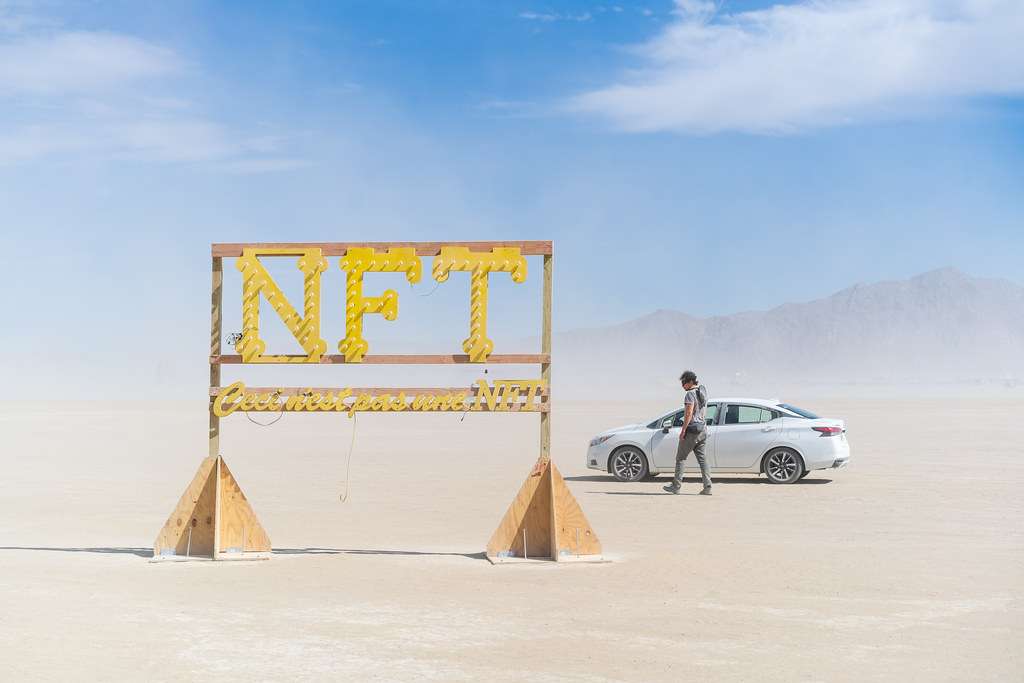In the realm of fashion NFTs, where rapid technological progress meets shifting consumer preferences, the industry stands at the junction of tradition and innovation. The ascent of Non-Fungible Tokens (NFTs) has proven transformative, revolutionizing the manner in which fashion labels, creators, and aficionados engage with the realm of style.
This article delves into the profound impact of NFTs on the fashion industry, from ownership and authenticity to creativity and sustainability.
Fashion NFTs Unveiled: A New Era of Ownership
NFTs are digital assets that use blockchain technology to provide proof of ownership and authenticity for a wide range of digital and physical items, including digital art, collectibles, and now, fashion creations. For the fashion industry, NFTs represent a paradigm shift in ownership.
With NFTs, fashion enthusiasts can “own” a digital representation of a unique fashion item, giving them a stake in the design’s history and value. This ownership concept has the potential to revolutionize the way people perceive fashion, blurring the lines between the physical and digital realms.
The NFT Fashion Experience: Creativity Unleashed
NFTs empower fashion designers to explore their creative boundaries without limitations imposed by traditional production and distribution methods. Virtual clothing and accessories, known as “crypto-fashion,” are designed solely for the digital realm.
This digital canvas allows designers to experiment with bold colors, intricate textures, and avant-garde designs that might not be feasible or sustainable in the physical fashion world. As a result, NFTs open doors to new realms of creativity and innovation, where imagination knows no bounds.
Sustainability and NFTs: A Greener Future?
The fashion industry has been under scrutiny for its environmental impact and fast fashion culture. NFTs offer an avenue for promoting sustainability by reducing the need for physical production. With NFT fashion items, there’s no need for physical materials, manufacturing, or transportation, significantly lowering carbon footprints associated with traditional fashion cycles.
While the energy consumption of blockchain technology is a concern, the potential reduction in overall environmental impact remains a compelling aspect of NFTs in fashion.
Collectibility and Rarity: Fashion as Art
Similar to collectible art pieces, NFTs in fashion carry an inherent sense of rarity and exclusivity. Fashion aficionados can possess limited-edition digital items that hold unique stories, artistic value, and scarcity, much like owning an original artwork by a renowned artist.
This collectible aspect introduces a new dimension of luxury, allowing individuals to own coveted fashion items that are virtually exclusive to them.
Challenges and Considerations
While the marriage of NFTs and fashion holds immense promise, there are challenges that must be addressed. The digital divide and accessibility to technology might limit broader adoption. Additionally, issues of copyright infringement, authenticity verification, and resale rights need to be carefully navigated.
Conclusion: The NFT Fashion Frontier
As NFTs continue to gain traction in the fashion industry, their potential to reshape the landscape is undeniable. The convergence of technology, creativity, and sustainability makes NFTs a force to be reckoned with. Whether through virtual fashion shows, unique NFT collaborations, or limited-edition digital accessories, the NFT revolution is poised to leave an indelible mark on fashion’s trajectory.
In embracing NFTs, the fashion industry stands at the forefront of digital transformation, rewriting the narrative of ownership, creativity, and sustainability. With each NFT representing a brushstroke in the canvas of top fashion brands, we witness a paradigm shift that pushes boundaries and invites us to reimagine what it means to be fashionable in the digital age.
